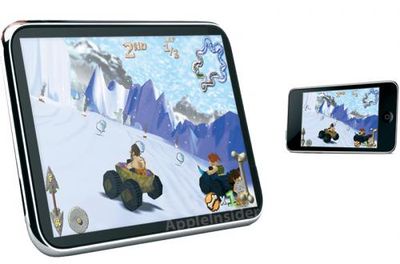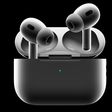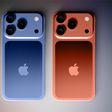Samsung yesterday introduced a new 1 GHz mobile processor core, code-named "Hummingbird", utilizing the Cortex-A8 implementation found in the iPhone 3GS. The iPhone 3GS currently uses a version of the chip running at 600 MHz. As noted by CNET, the new processor core could theoretically be dropped into the existing iPhone 3GS design with very few other changes required.
"Samsung could drop Hummingbird into the existing S5PC100 design with few or no changes," Halfhill said in response to an e-mail query, referring to the S5PC100 processor now used in the iPhone 3GS. "Bingo! A next-gen iPhone that could run at speeds up to 1.0GHz," he said.
Apple has, however, in the past underclocked such chips to address heat and power concerns in its mobile devices, so it remains unclear whether a "drop-in" upgrade to 1 GHz would be feasible.
Furthermore, given Apple's product cycle that typically sees new iPhone launches in June or July each year, it is possible that even more advanced chips will be available by the time the iPhone is ready for its next refresh. Previous reports have pointed to delivery of dual-core mobile chips utilizing next-generation Cortex-A9 technology in 2010, although whether such chips will be shipping in quantity in time for a mid-2010 iPhone launch is also unknown.













